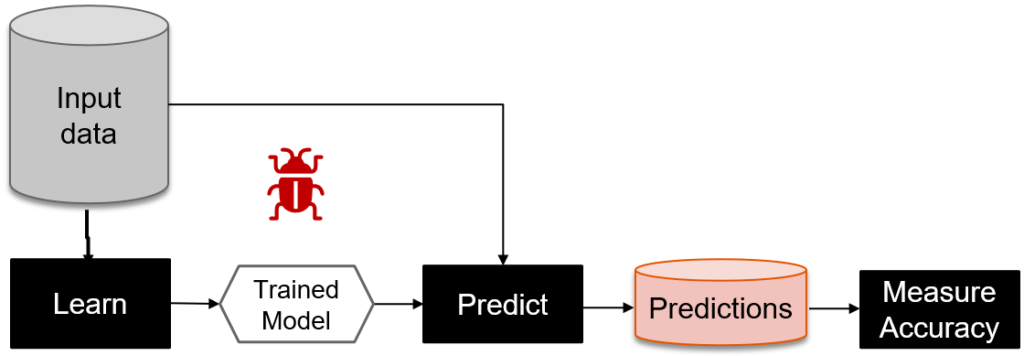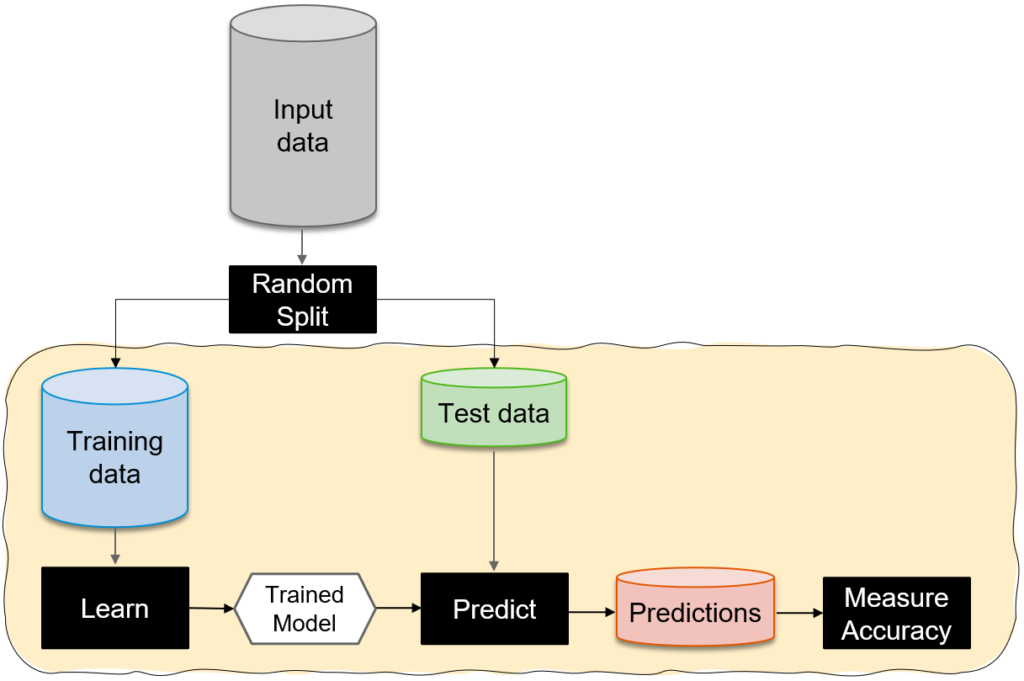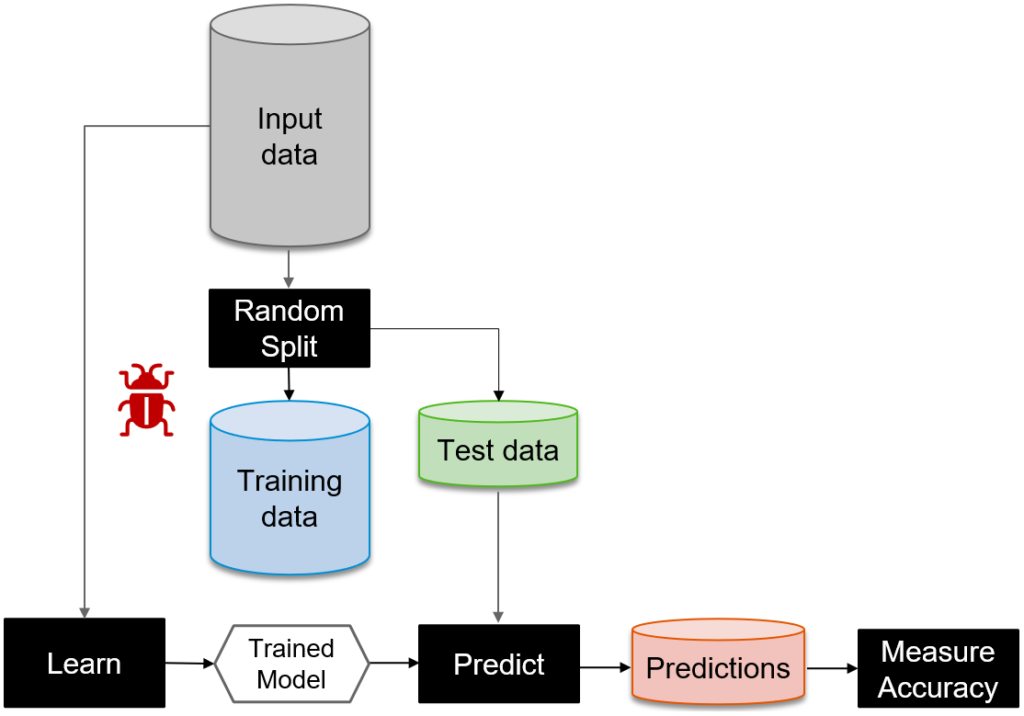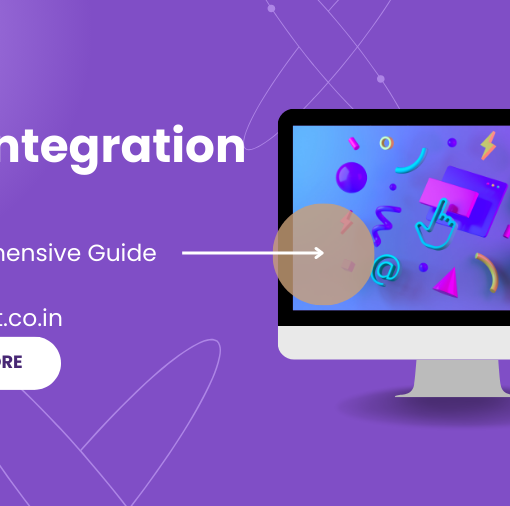In the field of machine learning and artificial intelligence, various modeling techniques and frameworks exist to solve complex problems and make accurate predictions. One such approach is Automatic Programming Learning (APL), which uses algorithms to automatically generate code for a given task. While APL models offer unique advantages, it is essential to understand how they compare to non-APL models in terms of performance, interpretability, and scalability. In this blog post, we will explore the key factors to consider when comparing an APL model to a non-APL model, enabling you to make informed decisions in your machine learning endeavors.
Performance and Accuracy of APL models to non-APL models:
- Training time: APL models often have faster training times due to their ability to automatically generate code. This can be advantageous when working with large datasets or time-sensitive applications.

- Predictive accuracy: While APL models can yield accurate predictions, non-APL models, such as deep learning models, may excel in specific domains, especially when dealing with unstructured data like images or text.

- Generalization: A key consideration is how well the model generalizes to unseen data. Non-APL may require extensive fine-tuning and hyperparameter optimization, whereas APL may automatically generate code that performs well across different datasets.

Interpretability and Explainability:
The interpretability and explainability of a model are crucial, especially in domains where regulatory compliance, ethical considerations, or human decision-making are involved. Here’s how APL compares to non-APL models:
- APL models: APL models might lack interpretability as they generate code automatically, making it challenging to understand the underlying decision-making process. However, some APL approaches, such as genetic programming, can generate human-readable code snippets, providing partial interpretability.
- Non-APL models: It is, such as decision trees or linear regression, often offer better interpretability. The models’ structures and feature importance can be analyzed to gain insights into how predictions are made.
Scalability and Flexibility:
The scalability and flexibility of a model are crucial factors, particularly when dealing with large-scale applications and evolving requirements. Consider the following:
- Scalability: Non-APL models, especially deep learning models, may require significant computational resources, such as GPUs, to train and deploy. APL models, on the other hand, can generate optimized code, which may lead to more efficient implementations.
- Flexibility: Non-APL models typically offer greater flexibility, allowing fine-grained control over the model’s architecture, hyperparameters, and feature engineering. This flexibility can be advantageous when the problem domain is complex and requires customization.
Domain Expertise and Application:
Domain expertise and the specific application context play a vital role in choosing between APL and non-APL:
- APL models: It can be beneficial when there is limited domain expertise available or when tackling complex problems where hand-coding the solution is challenging. They automate the process of generating code, reducing the need for deep domain knowledge.
- Non-APL models: It may be preferred when there is a well-defined problem space and domain expertise available. These models allow for greater control, customization, and incorporation of domain-specific insights.
Conclusion:
Comparing APL models to non-APL models involves evaluating factors such as performance, interpretability, scalability, and domain expertise. APL offers advantages such as faster training times and automatic code generation, while non-APL excels in interpretability, flexibility, and handling complex data types. The choice between these two models depends on the specific requirements of your application, the available domain expertise, and the desired trade-offs between performance and interpretability.
Ultimately, it is essential to carefully assess your objectives





